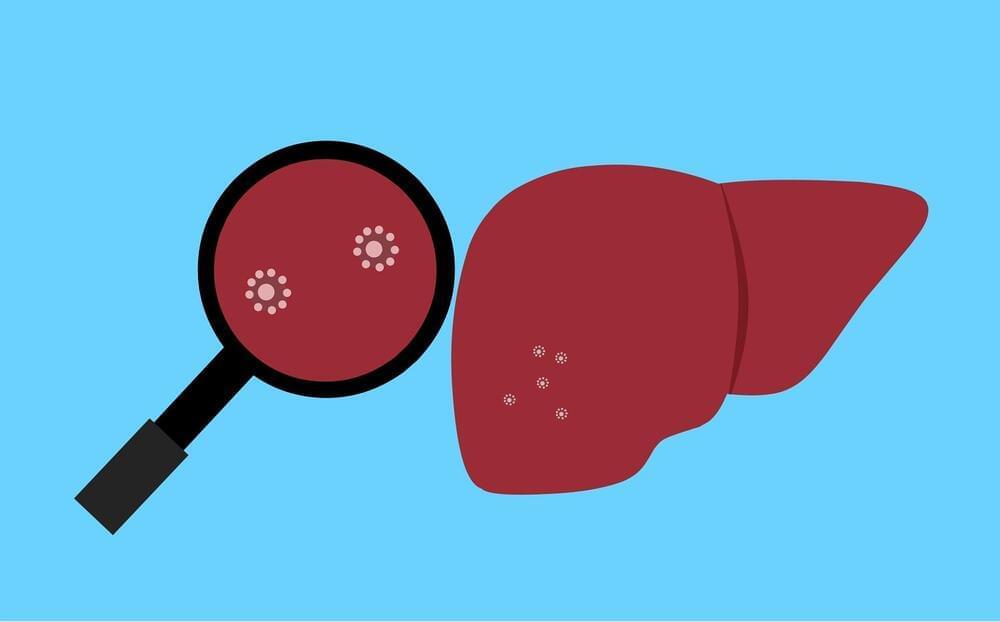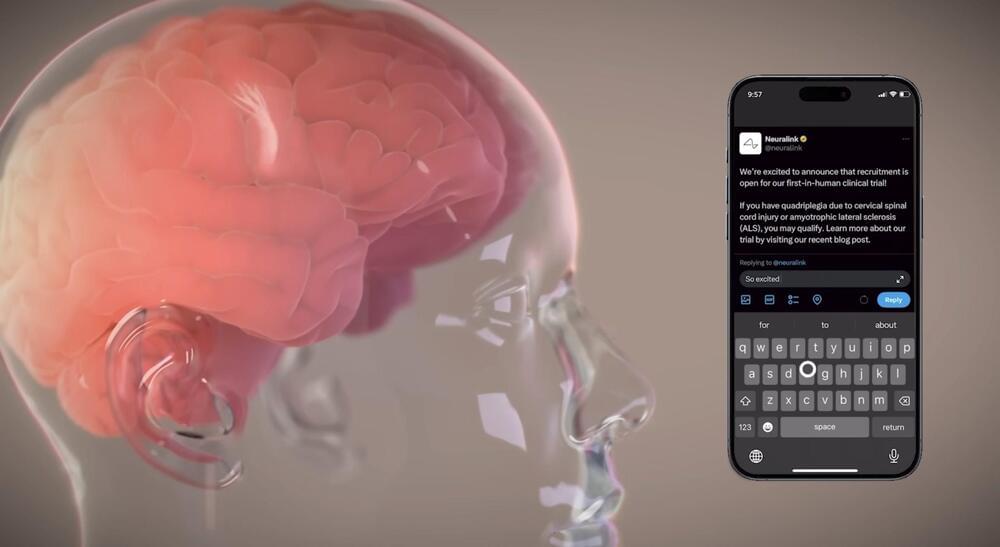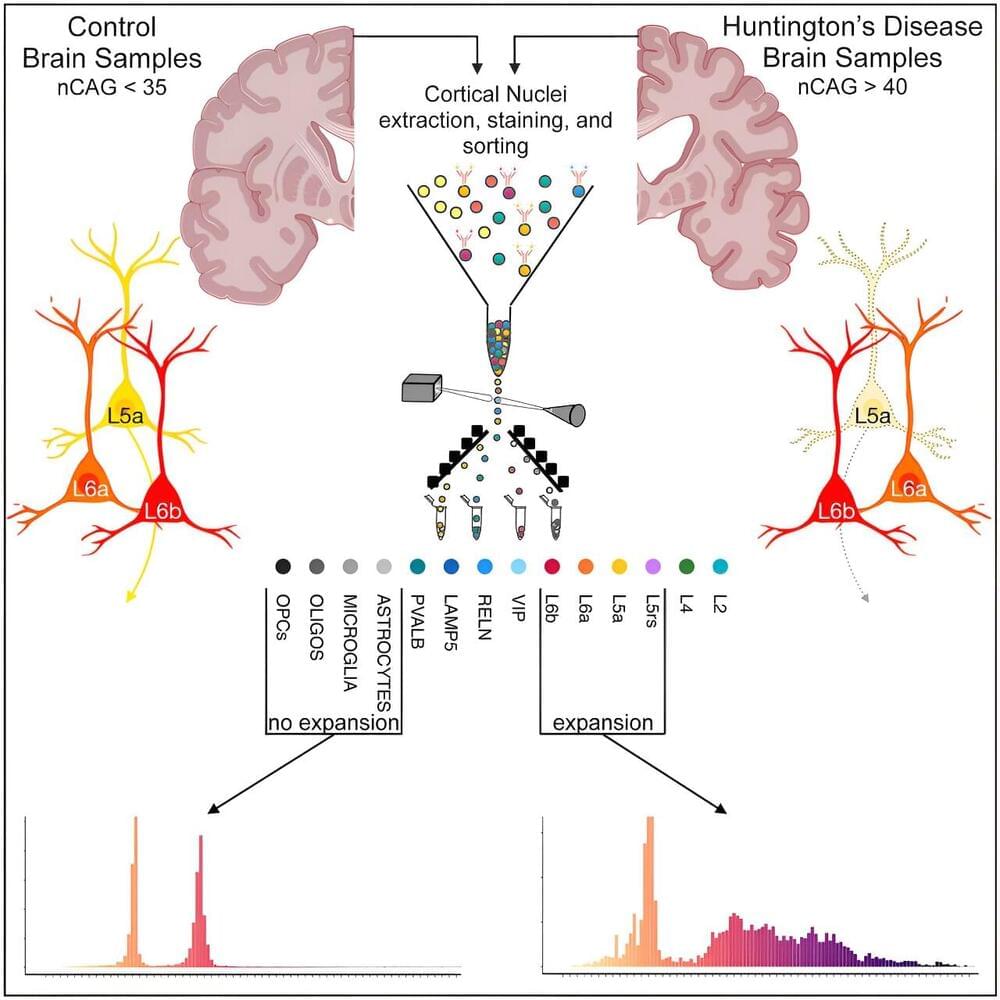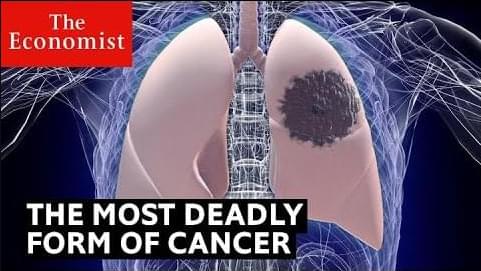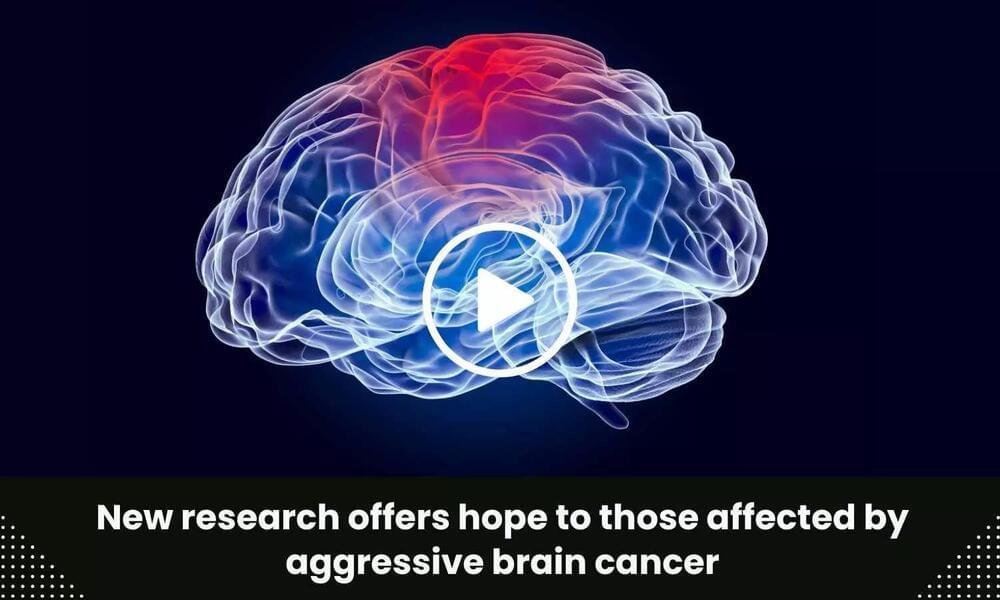Feb 20, 2024
Treating liver cancer with microrobots piloted by a magnetic field
Posted by Dan Breeden in categories: biotech/medical, nanotechnology, robotics/AI
Canadian researchers led by Montreal radiologist Gilles Soulez have developed a novel approach to treat liver tumors using magnet-guided microrobots in an MRI device.
The idea of injecting microscopic robots into the bloodstream to heal the human body is not new. It’s also not science fiction. Guided by an external magnetic field, miniature biocompatible robots, made of magnetizable iron oxide nanoparticles, can theoretically provide medical treatment in a very targeted manner.
Until now, there has been a technical obstacle: the force of gravity of these microrobots exceeds that of the magnetic force, which limits their guidance when the tumor is located higher than the injection site. While the magnetic field of the MRI is high, the magnetic gradients used for navigation and to generate MRI images are weaker.
